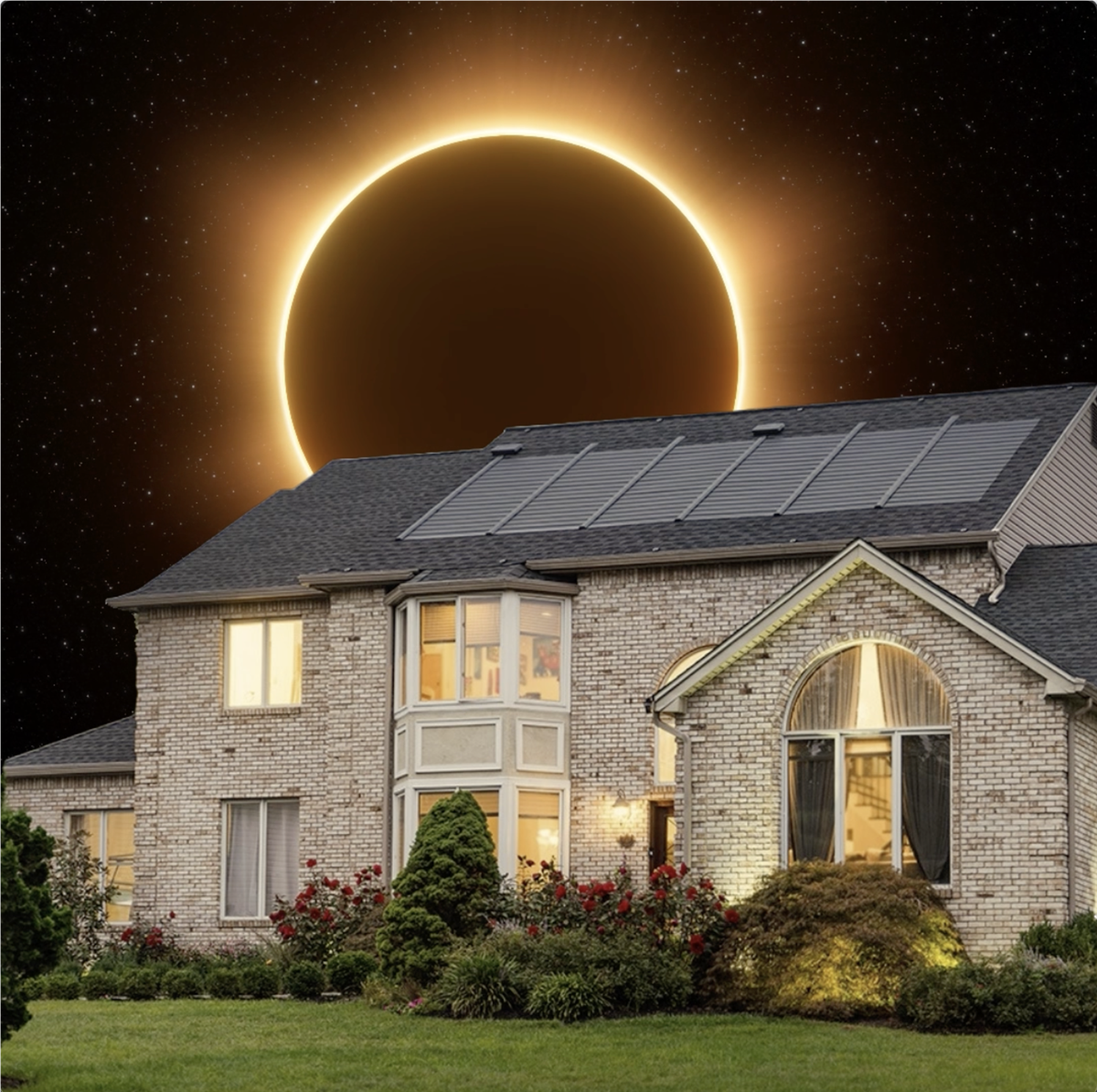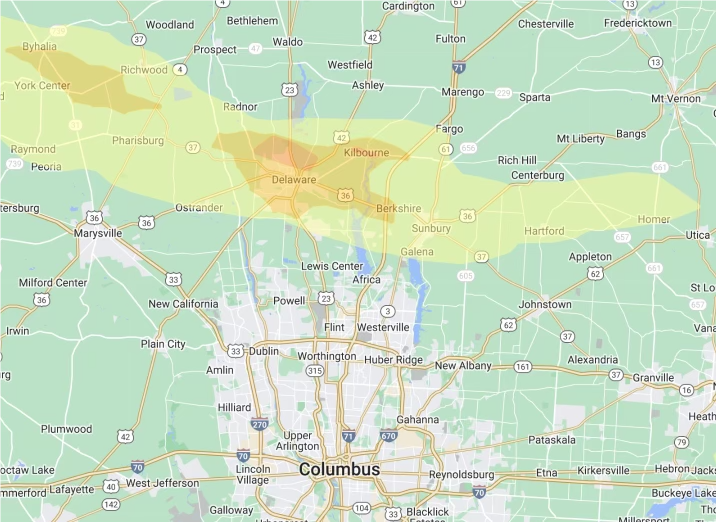
Soffit and fascia are the unsung heroes for your roofing system. Repairs or replacements could be in order if either of these parts are failing,
People often associate roofs with shingles exclusively. The soffit and fascia are very important to the roof health of your home. You could experience roof problems if your soffit and fascia aren’t up-to-speed and performing as they should.
Local Fascia and Soffit Contractors
Feazel has been serving homeowners since 1988. In that time, we’ve mastered fascia and soffit diagnosis and replacement. We believe in creating a healthy roof system, and our 17-point inspection will check on the functionality of all the parts of your roof. After our complimentary inspection, we will share our findings with you.
We take expertise seriously as the 2021 Roofer of the Year. Contact us today to schedule an inspection of your roof system.
What Do Soffit and Fascia Do?
Soffit and fascia are critical components of your roof system. They lump together because they are physically connected. In short, the soffit helps your home breathe. The fascia supports shingles, and gutters and helps keep water out. If these parts are faulty, you will ultimately need to replace or repair your soffit and fascia.
What Is Soffit And Why Is It Important for Your Home?
The weather in the midwest will go from hot and humid to cold, grey, and snowy. Extreme weather opposites treat your roof harshly, and the soffit is key for roof health in all four seasons.
The soffit is underneath the overhang of your home, also known as eaves. It is where your roof meets your siding. You will not have soffits if there are no overhangs in your home.
Soffit is critical to allow your roof to breathe. Soffit venting is a passive ventilation system and will partner with an exhaust vent. The soffit draws in cool, dry air and the exhaust venting pushes out wet, hot air. The air will flow out of one of the following vents
- Ridge vent
- Gable vents
- Turtle vents
- Turbines
You will not have all of the above exhaust vents. Having all of them in your home would be redundant and may cause them to work against each other. Talk to the fascia and soffit contractors at Feazel to discuss what you have and what recommendations our team can suggest.
What Kind of Vents Does My Home Have?
Ridge Vent
The ridge vent is at the peak of your roof.
Gable Vent
The gable vents usually come in pairs. They are located on both ends of a house and are also known as louvered vents.
Turtle Vent
Turtle vents are also known as box vents. They are close to the roof ridge.
Turbine Vent
Turbine vents pull air out of your attic when the wind blows. They are close to the roof ridge.
What Is The Recommended Attic Ventilation?
The temperatures inside your attic should not be the same as the living space in your house. Your attic in the summer should match the outside temperature or a maximum of 20 degrees higher. During the winter months, your attic should be the same temperature as the outdoors.
The idea of keeping your entire home warm in the winter seems logical. We’ve heard stories of people covering their soffit in the winter to retain heat. That is a big no-no.
First, your attic is insulated on the floor and removed from the rest of your living space. This space does not need to be heated. Your attic seals off from the rest of the house.
Second, you will trap warm, moist air in your attic by sealing off your soffits during the winter. The warm, moist air is conducive to mold growth and rot to your roof sheathing.
Third, healthy airflow through your attic will help prevent ice dams during the winter months.
By restricting airflow through your home, you will increase the odds of needing a roof replacement sooner than later.
How Can I Tell If My Soffits Aren’t Working or I Need More Insulation?
If you want to conduct a preliminary assessment of your home before scheduling your free inspection, here are some things to look for:
- Summer attic temperatures are more than 20 degrees than the temperature outside.
- Winter condensation in the attic.
- Evidence of moisture in the attic without proof of a roof leak. Deficient air movement can create mold and rot.
- Attic insulation is less than 13 inches thick.
- Hot spots in the attic during the winter or cold spots during the summer could indicate an air leak in your living space.
- Ice dam during the winter.
Where is the Fascia, and How Does It Work With My Roof?
Fascia is a piece of wood that holds your gutters in place and supports the shingles. Your soffit connects to the fascia. A failing fascia can allow moisture into your rafters or cause your gutters to pull away from your house.
When to Replace Soffit and Fascia?
Soffit and fascia are generally maintenance-free, but serious issues can arise causing replacement. Signs that your fascia and soffit are starting to deteriorate is
- Peeling exterior paint
Look at where your roof meets your exterior walls and inspect for peeling or bubbling paint. Fascia failure is indicative of seeing exterior paint peeling near your soffits.
- Gutters are loose
Your gutters can pull away from the house or sag if your fascia is rotten. Any imbalance of your gutter system can lead to overflow, pooling, or leaks. Fascia issues could be the root cause if you are experiencing any gutter problems.
- Damaged rafters
Fascia shields the roof from moisture. There could be significant rafter problems if there are holes that allow water to enter your home.
- Leak in your attic
Typically a roof leak is due to damaged shingles, but deteriorated fascia and soffit can make it seem like a roof leak.
- Excess warmth in your attic
Soffits help regulate the temperature in your attic. You could experience a warmer attic in the winter if there is damage to your soffits.
- Increased air conditioning bill
Cooling your home in the summer isn’t cheap, and if your bill is markedly higher, it could be a sign that excess heat is getting into your attic.
- Animals in your attic
Squirrels love to chew on fascia and soffit. These holes are openings for animals and insects to get into your attic where they can do additional damage.
Soffit and Fascia Materials
Soffit and Fascia are available in a plethora of materials. What you choose may be dependent on the type of siding that is currently on your home. Additionally, color availability may inform your decision on what material to choose.
Vinyl
Vinyl soffit and fascia are
- Affordable
- Rot-resistant
- Available in a variety of textures
- Low maintenance
Aluminum/ Metal
Aluminum soffit and fascia are
- Rot-resistant
- Come in a palette of colors
- Resistant to insect and animal damage
- Low maintenance
- Fireproof
James Hardie
James Hardie is a fiber cement and is
- Incredibly strong
- Resistant to water damage
- Impervious to rot
- Mold free
- Pests resistant
- Available in several different textures
Wood
Wood soffit and fascia are
- Available in cedar, pine, and more
- Aesthetically appealing
- Eco-friendly
A Trusted Fascia and Soffit Company
When it comes to a trusted soffit and fascia repair company, Feazel has been supporting homeowners since 1988. Our complimentary 17-point inspection will look at the condition of your roof system, including the gutters and attic. Our team of experts will provide you with a diagnosis of your entire roof system. Feazel has offices throughout parts of the midwest (Columbus, Cleveland, Cincinnati, Dayton, Indianapolis) and Raleigh, North Carolina. Schedule a consultation today!
Tags
Subscribe to Feazel's Blog




Comments